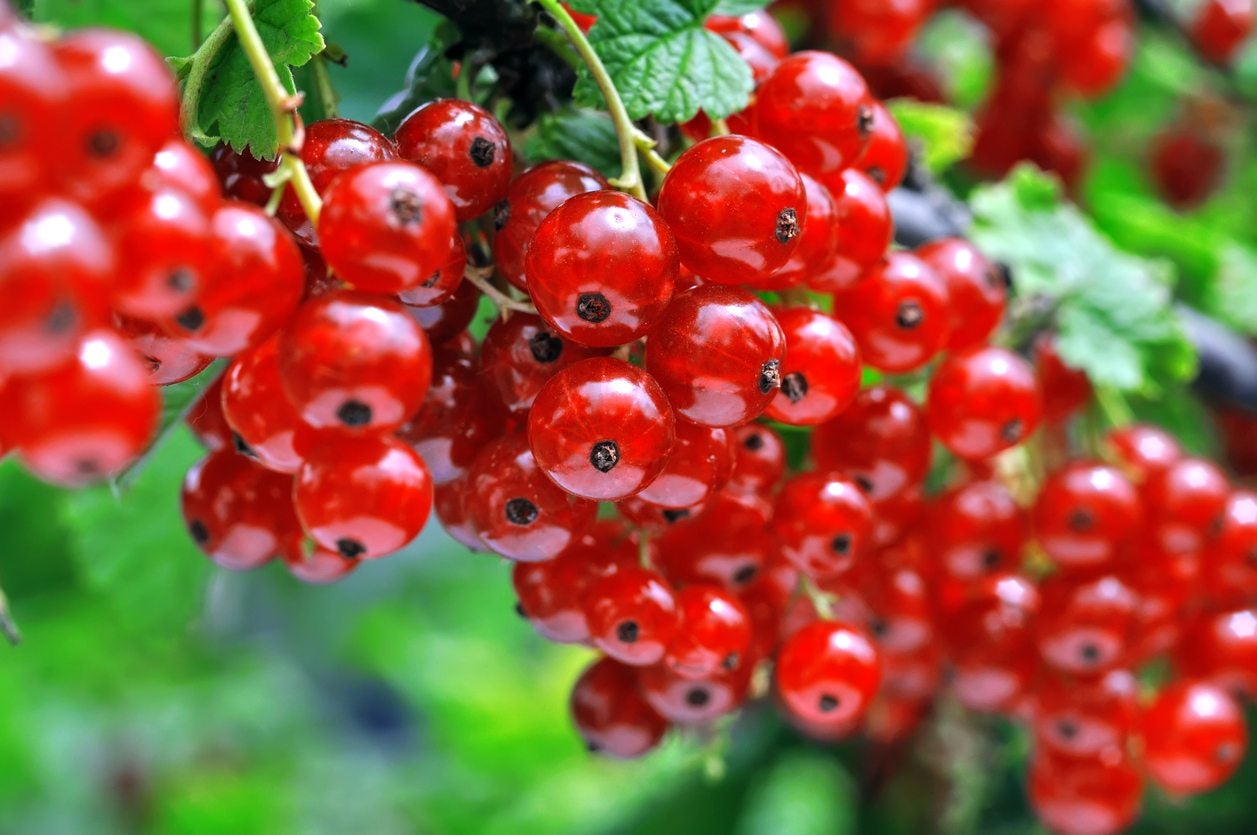Zone 5 Berries – Choosing Cold Hardy Berry Plants

So you live in a cooler region of the United States but want to grow more of your own food. What can you grow? Look to growing berries in USDA zone 5. There are many edible berries suitable for zone 5, some commonplace and some less sampled, but with such an array of choices, you’re sure to find one or more to your liking.
Choosing Cold Hardy Berry Plants
Berries are getting a lot of attention for their nutrient rich compounds, which are said to combat everything from heart disease to constipation. If you’ve bought berries recently though, then you know that this natural health food comes with a hefty price tag. The good news is you can grow your own berries almost anywhere, even in the cooler regions. A little research is in order before purchasing your cold hardy berry plants. It’s wise to ask yourself some questions first such as:
- Why am I planting berries?
- How am I going to use them?
- Are they strictly for use in the home or are they for wholesale?
- Do I want a summer or fall crop?
If possible, buy disease resistant plants. Fungal diseases can often be controlled through cultural practices, density of planting, air circulation, proper trellising, pruning, etc., but not viral diseases. Now that you’ve done some soul searching regarding what type of berry you want, it’s time to talk zone 5 berries.
Zone 5 Berries
There are many choices when growing berries in zone 5. Of course, you have the basics like raspberries, strawberries, and blueberries, but then you can get a little off the beaten path and opt for Sea Buckthorn or Aronia. Raspberries are either of the summer bearing floricane variety or the fall bearing primocane variety. Edible red floricane berries for zone 5 include:
- Nova
- Encore
- Prelude
- Killarney
- Latham
Of the black varieties, cold hardy floricanes include MacBlack, Jewel, and Bristol. Purple raspberries suited to zone 5 are Royalty and Brandywine. The canes of these cultivars grow in one season, overwinter, and produces a crop in the second season and are then pruned back. Fall bearing raspberries also come in red as well as gold and are cut down to the ground in late winter or early in the spring, which then forces the plant to grow new canes and produce a crop in the fall. Red primocanes suited for zone 5 include:
- Autumn Britten
- Caroline
- Joan J
- Jaclyn
- Heritage
- Autumn Bliss
‘Anne’ is a gold variety suited to zone 5. Strawberry varieties for zone 5 run the gamut. Your choice depends on whether you want June bearers, which only produce once in June or July, ever bearers, or day neutrals. While ever bearers and day neutrals are smaller than June bearers, they have the advantage of a longer season, with day neutrals having the better fruit quality and longer fruiting season. Blueberries are also edible berries suited for zone 5 conditions and there are many cultivars that are suited to this region. Grapes, yes, they are berries, of the American varieties do quite well in USDA zone 5. Again, consider what you wish to grow them for – juice, preserves, wine making? Other edible berries for zone 5 include:
- Elderberry – A heavy producer that ripens late in the season is Adams elderberry. York elderberry is self-fertile. Both pollinate with other native elderberries.
- Sea buckthorn – Sea buckthorn is packed with vitamin C. Berries ripen in late August and make excellent juice and jelly. You need to plant one male for every five to eight female plants. Some available varieties include Askola, Botanica, and Hergo.
- Lingonberry – Lingonberries are self-pollinating but planting another lingonberry nearby to cross pollinate with will result in larger fruit. Ida and Balsgard are examples of cold hardy lingonberries.
- Aronia – Dwarf aronia only grows to about 3 feet (1 m.) tall and thrives in most soil. ‘Viking’ is a vigorous cultivar that thrives in zone 5.
- Currant – Due to its hardiness (zones 3-5), the currant bush is a great choice for cold climate gardeners. The berries, which may be red, pink, black, or white, are packed with nutrition.
- Gooseberry – Bearing tart berries on woody shrubs, gooseberries are especially cold hardy and well suited for zone 5 gardens.
- Goji berry – Goji berries, also known as ‘wolfberries,’ are very cold hardy plants that are self-fertile and bear cranberry sized berries that are higher in antioxidants than blueberries.
Sign up for the Gardening Know How newsletter today and receive a free copy of our e-book "How to Grow Delicious Tomatoes".

Amy Grant has been gardening for 30 years and writing for 15. A professional chef and caterer, Amy's area of expertise is culinary gardening.
